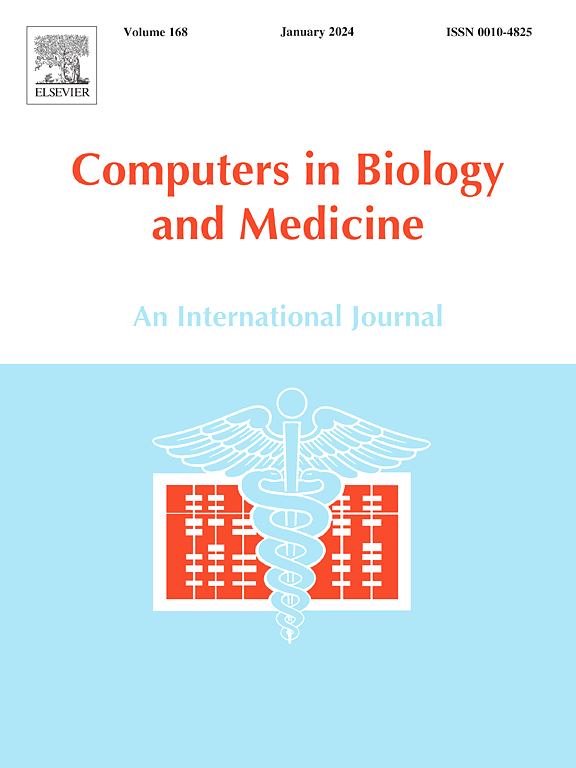Finite element analysis of anatomically-modelled prosthetic incus for ossicular chain reconstruction
IF 7
2区 医学
Q1 BIOLOGY
引用次数: 0
Abstract
Ossicular chain reconstruction (OCR) is the gold standard for repairing conductive hearing loss (CHL) using prosthetic devices. However, few techniques can validate prosthesis performance before translational implementation. This study not only validates a Finite Element (FE) model for examining (reconstructed) middle ear biomechanics, but also evaluates the potential of personalised prosthetic devices for OCR. Additionally, this research examines tricalcium phosphate (TCP), as a potential biomaterial, besides titanium and hydroxyapatite (HA), as commonly used biomaterials for use in (personalised) OCR. Here, the designed FE model tested the hypothesis that 3D anatomically modelled prosthetic devices (prosthetic incus) can reliably restore sound transmission using appropriate biomaterials, including titanium, HA, or TCP. Our FE modelling examined middle ear biomechanics before and after prosthesis replacement for each biomaterial assignment. Results demonstrated the FE model is in agreement with experimental vibrometry recordings of ossicular motion and earlier numerical simulations. Additionally, the anatomically modelled prosthetic incus closely mimicked normal middle ear biomechanics, revealing its potential for OCR. FE analysis revealed no significant differences between titanium, HA, and TCP prostheses functions, serving as first-order evidence for their support in OCR. This research establishes a FE-based framework for personalised OCR following imaging, which is valuable for future personalised treatments for patients with CHL due to ossicular dysfunction. FE simulations can evaluate the biomechanics and function of prostheses, helping the surgeon make well-informed decisions regarding OCR for translational outcomes.
求助全文
约1分钟内获得全文
求助全文
来源期刊

Computers in biology and medicine
工程技术-工程:生物医学
CiteScore
11.70
自引率
10.40%
发文量
1086
审稿时长
74 days
期刊介绍:
Computers in Biology and Medicine is an international forum for sharing groundbreaking advancements in the use of computers in bioscience and medicine. This journal serves as a medium for communicating essential research, instruction, ideas, and information regarding the rapidly evolving field of computer applications in these domains. By encouraging the exchange of knowledge, we aim to facilitate progress and innovation in the utilization of computers in biology and medicine.
 求助内容:
求助内容: 应助结果提醒方式:
应助结果提醒方式:


